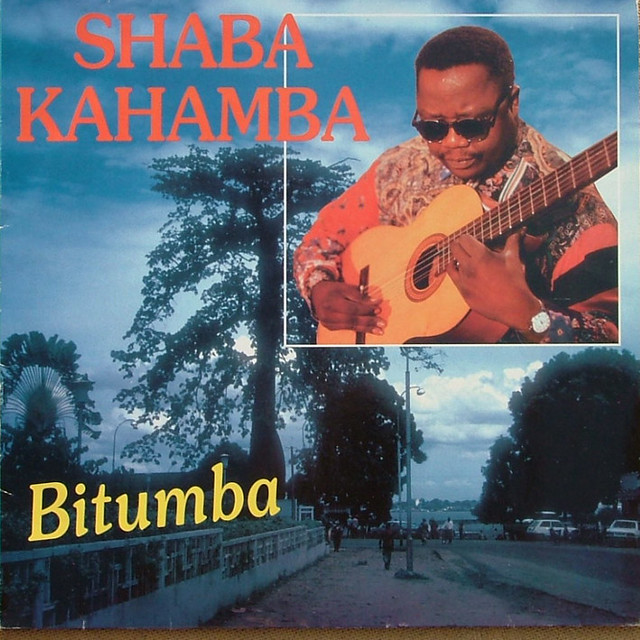Is it juju, toxic cost avoidance, or engineering? What's behind Hurricane Joe Benson's "WasteCrime"?
"Every man is, no doubt, by nature, first and principally recommended to his own care; and as he is fitter to take care of himself than of any other person, it is fit and right that it should be so." - Adam Smith
Europeans have decided to save Africans from trading with Europeans, and have made big glass "cathode ray tubes" the equivalent of ivory - trade punishable by imprisonment. Environmentalist's acceptance of the sentences passed rest in part on our cultural ignorance ("they don't even have electricity in Africa" I've read in comment threads), in part our lost repair skills, and just bad math.
Buying a used TV in Essex, paying people to list its make and model and individual price, hiring a sea container, and paying people to pack it... we can estimate how much that costs. The cost of shipping the container to an African port is somewhere between $4k and $9k (see below). The price to buy the TV from the marketplace in Lagos is known. And the number of TVs you can fit in a sea container is simple.
But somehow, race and ju-ju and pictures of kids at city dumps get in the way of a simple transaction. Technophobia, metalurgy, toxics and black people make simple trade too scary to contemplate.
Here are the mysterious parts of a display device. This one is a CRT computer monitor, but a TV is not much different ( a different tuner mainboard).

In the 1980s and earlier, you needed several different types of mainboards for televisions which worked in different nations. PAL, NTSC (National Television System Committee) , NTSC2 ("Not The Same Color" = Japan!), SECAM (Système Electronique Couleur Avec Mémoire) , MESECAM, PAL-M... For protectionist and other reasons, television analog transmissions varied country by country. If you sold a USA Television to an African country in the 1970s (before VHS tapes), you'd have a very unhappy buyer who would have to pay a TV repairperson to replace the NTSC mainboard with a "Phase Alternating Line" (or, "Pay A Lot") analog board.
This all ended in the 1990s. Remember the "converter box" for turning "rabbit ear" analog televisions into HDTV receivers? Flybacks, Heat Sinks, Horizontal Output Transistors, RGB... a whole lot of TV tuning bot put onto a motherboard which was designed to "translate" any analog signal into digital.
This new mainboard (made in Taiwan by "Taiwanese" - the people in Taiwan who make stuff) was PERFECT for SVGA monitors... they already had more DPI (dots per inch) than TV monitors. And it allowed
any assembler or contract manufacturer ("Big Secret Factories") on any assembly line in the world to sell a TV to any country on any analog system. They even sold the "coverter box" to countries (I saw them in Egypt) to allow a regular old SVGA computer monitor to receive any type of analog signal.
I'm in the electronics reuse and repair business, and everyone in the emerging markets knows all this. I am dumbfounded why recyclers in rich nations don't know what I'm talking about.
Value of CRT Device = A + B + C
A= The CRT tube. If it works, it's worth $20. If it's busted it's worth -$4. That's a $24 spread.
B = The copper stuff. Circuit boards, yokes, wires, degaussing coils. SMJ* says they are worth $5.38, I'd say closer to $3, at least inside the box before you do the work. Working, they are only valuable if you have a CRT connected to them.
C = Supporting players... Plastic, steel, screws... stuff that has no purpose but to hold the CRT screen and circuit board/copperstuff together.
The scrap value = 0 + $5.38 + $0.30 , and the $0 is actually a negative number. You pay people, or a machine, to separate the stuff (but if you run it through a shredder it's worth a whole lot less than $5.68).
Now, just imagine, what if you leave these things together, in working order?
A = $20 (per alibaba)
B = $5.38 (per SMJ / scrap metal junkie, see below)
C = 0.30 (handful of plastic and screws)
____
Working CRT TV or monitor = $40+ (What Joe Benson made on the TVs delivered to market in Lagos... and what Greenpeace had to pay to get them back again).

 The Economist Babbage Blog and recent Guardian pieces, rerunning the "A Place Called Away" portrait of Ghana Electronics recycling are kinda wow, kinda 2008.
The Economist Babbage Blog and recent Guardian pieces, rerunning the "A Place Called Away" portrait of Ghana Electronics recycling are kinda wow, kinda 2008.

